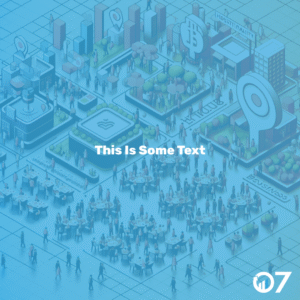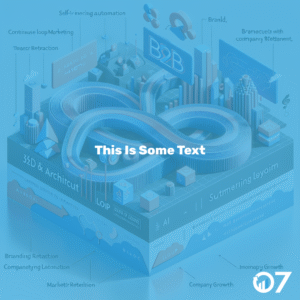Effective web design hinges on finding a harmonious equilibrium between aesthetics and usability. A meticulously crafted site not only instils trust but also guides visitors to take desired actions, ensuring a delightful user experience.
So, how can your website deliver an exceptional experience from start to finish? Dive into the exploration of vital principles that underpin effective web design, unravelling why these principles matter and discovering key insights to implement on your upcoming project.
10 Principles of Effective Web Design
01. Seamless Navigation
Exceptional navigation allows visitors to effortlessly discover information. Ensuring a meaningful and logical structure, incorporating methods like structured menus, keyword searches, and internal linking, is vital for a seamless navigation experience.
02. Responsive Design
Fluidly adjusting to accommodate various devices, responsive web design ensures a consistent experience across different screen sizes, resolutions, and orientations. This approach guarantees that your website functions optimally on all viewports, from mobile to desktop.
03. Across-the-Board Consistency
Maintaining a cohesive look and functionality throughout the website enhances usability and learnability. Consistency in design, including colour, typography, icons, and functionality, ensures a positive and familiar user experience.
04. Smooth Performance
A well-designed website should load quickly, function properly, and provide informative feedback. Optimising performance involves adjusting image sizes, ensuring smooth scrolling, and addressing delays to enhance the overall user experience.
05. Frictionless Conversion
Streamlining the conversion process is essential for visitors looking to sign up, subscribe, or make a purchase. Eliminating points of friction, such as distracting visuals or confusing labels, ensures a smooth conversion process.
06. Clear Communication
Websites communicate with visitors through written content, visual elements, and interactive components. A clear and cohesive message ensures visitors quickly understand your website’s purpose, offerings, and available actions.
07. Effective Visual Language
In effective web design, colours, icons, typography, and imagery contribute to a powerful visual language. A distinct visual style, combined with well-written content, creates a cohesive, memorable, and enjoyable user experience.
08. Hierarchical Content Structure
Organising information with a visual hierarchy ensures content is well-structured and easy to digest. Techniques such as colour, contrast, size, white space, alignment, and movement guide users to find information in a clear and user-friendly way.
09. Familiar Web Conventions
A well-designed website often feels familiar, following industry standards for clarity and usability. Aligning with familiar web conventions allows visitors to navigate with ease, relying on established mental models.
10. A Reliable, Transparent Interface
Establishing trust is paramount for website design. A reliable site with clear, consistent, and accurate information, communicated transparently, inspires feelings of trust and confidence, leading to a positive user experience.
Conclusion
Incorporating these principles into your web design ensures a seamless user experience. For further insights and guidance on effective web design, explore our blog or contact us at info@07hm.co.uk or 01702 410663. Elevate your online presence with a design that speaks volumes about your brand and values.






